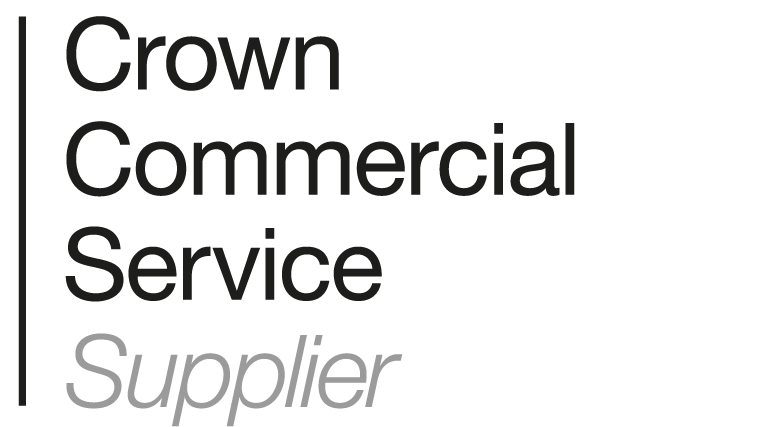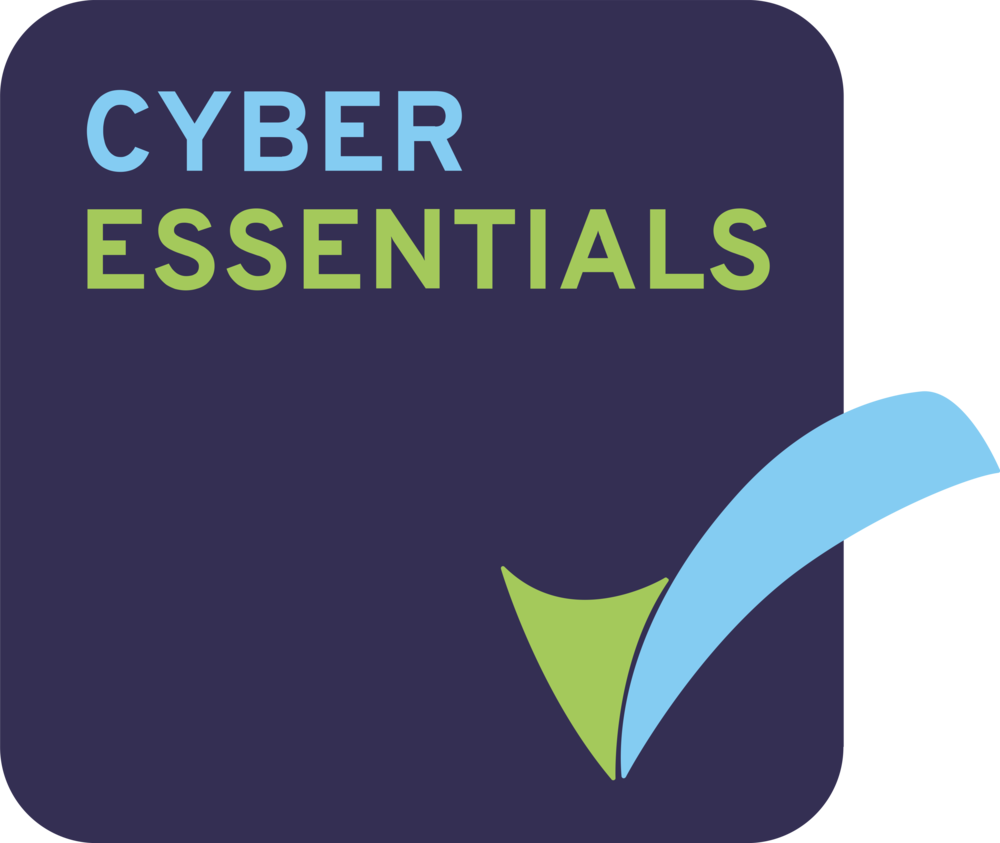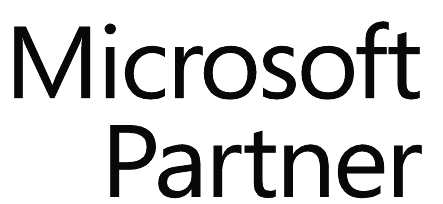In the past few years, it has become clear that financial regulators are upping their game in battling market abuse. In putting together a strategy to encompass all the different regulatory requirements many of which admittedly revolve around ensuring appropriate professional behaviours, face-to-face meetings should not be left out of the equation. After all some of the most important communications are taking place face-to-face.
Although at the moment the FCA and MiFID II do not explicitly require the voice recording of face-to-face meetings, there is a requirement to maintain written minutes or notes. Many have sighed with relief but, really, how can this be more efficient? Whether it is through recording to and transcribing from tape, or simply taking notes, written minutes can be time consuming, subjective and potentially disruptive to the conversation.
Digital solutions around face-to-face voice recording have evolved considerably and today there are many options available to fit the procedural, technological and security requirements of a financial institution that wants to build a holistic approach to compliance. Regardless of where the meeting is taking place, audio recording of what is discussed is easy and secure using the consultant’s mobile phone, tablet or laptop, whereas the audio records can be stored with the relevant metadata in the same format as the organisation’s existing call recording audio files.
The adoption of face-to-face recording has many benefits, not the least of which is demonstrating a proactive approach to regulatory compliance. Combined with the recordings of other communication channels, analysing what is being said during meetings will allow for a more comprehensive understanding of the circumstances surrounding a transaction. It will also help highlight practices and behaviours that may pose a potential threat to compliance and allow the organisation to intervene before they escalate. Finally, recording and analysing face-to-face meetings may also be used to identify lack of product knowledge or skill that can be improved through further training and coaching so as the organisation can achieve their desired representation.
Face-to-face recording may not be currently required by the regulators, but it is an investment that will pay for itself if integrated within the organisation’s compliance and quality assurance strategy.
If you want to find out more about these solutions, Contact Us.















